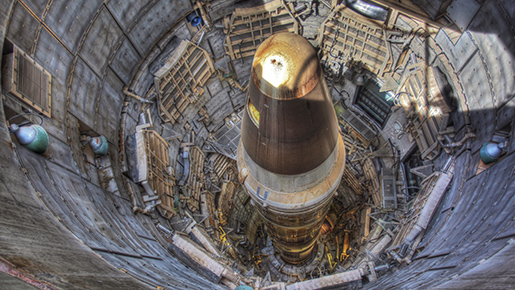The Dynamics of Possible Nuclear Extinction is the cheerful title of a symposium that Dr. Helen Caldicott hosted this past weekend at the Academy of Medicine in New York City. In truth, the dynamics that could generate nuclear extinction are pretty simple: leaders of nuclear powers, such as the United States and Russia, failing to acknowledge how the gap between a nascent stand-off (such as Ukraine) and nuclear war, however reassuring it might seem, can close quickly. Or any number of accidents, as documented by Eric Schlosser in his book Command and Control: Nuclear Weapons, the Damascus Accident, and the Illusion of Safety, could repeat themselves and our luck could run out. Meanwhile, looming in the background like an understudy on the world stage is nuclear terrorism.
That said, Dr. Caldicott assembled a heady mix of activists and experts that resulted in an energizing event far removed from the stereotype of an academic conference. Below are some of the highlights, replete with incongruities, and the responses they evoked in me. First, allow me to say what a privilege it was to witness Dr. Caldicott, who moderated the first day, in action.
• In the course of speaking about nuclear war, MIT’s Theodore Postol showed a map of what Russia targets in a prospective nuclear strike against Manhattan. These include bridges and transportation hubs to prevent enemy troop movements as if they were attacking with conventional weapons. Of course, there are few troops in Manhattan and they wouldn’t be seeking to cross any bridges or take any trains to mount a defense against nuclear weapons. What’s more, they would all be dead or out of commission.
• Alan Robock of Rutgers University addressed nuclear winter and observed that it “solved” global warming.
• The presentation by Hans Kristensen, the Federation of Scientists’ expert on nuclear arsenals, was the inspiration for the reaction I posted yesterday: “It’s sadly ironic, but lower yields (explosive power) and decreased arsenals are proving as great a threat as the high-yield weapons and enormous arsenals of yore (the ’60s).”
• If you ever get a chance to see and hear Robert Scheer give a speech, do so. In this case he applied his animated, combative, spontaneous style to nuclear scientists he covered for the Los Angeles Times in the early years of nuclear weapons; some crazy stories about Edward Teller, et al.
• Greg Mello, executive director of the Los Alamos Study Group, spoke about the extent to which nuclear weapons labs are privatized. Only a minority of the jobs are occupied by scientists and the hundreds of administrators make inflated corporate salaries unobtainable in federal agencies. It’s odd to think of our a weapons program, with its high security, as a corporation, but much of it is.
• Anthropologist Hugh Gusterson, the incisive Bulletin of the Atomic Scientists columnist, summarized the two books he wrote about the culture at the national nuclear labs. He pointed out that many scientists thought nuclear weapons were ethical in the sense that deterrence protected the United States from a world war.
• FPIF’s own John Feffer spoke about the military’s impact, pro and con, on climate change and the Institute of Policy Studies’ own Robert Alvarez spoke about the cost of nuclear weapons.
• Robert Parry provocatively addressed the Ukraine conflict and the chances that it could lead to nuclear conflict.
• Alex Wellerstein of Restricted Data: The Nuclear Security Blog gave a presentation on how his NukeMap works and its success in engaging high school students.
• Janne Nolan, who has worked in staff positions in the Senate and the Department of State, made the curious observation (paraphrasing): “If you tell me how many nuclear weapons someone thinks should be in the U.S. arsenal, I can tell you what their social values are.”
• Susi Snyder of Don’t Bank on the Bomb, a project of PAX, gave an energizing presentation on how effective — and easy — divestment of financial institutions that invest in companies that make nuclear-weapon components can be.
• One of the final speakers was Noam Chomsky, whose mind at 86 seems as astute as ever. A fascinating and somewhat unlikely panel late Sunday consisted of Wellerstein, Gusterson, Chomsky, and Scheer, as moderated by Ray Acheson of the Women’s International League for Peace and Freedom’s Reaching Critical Will project.
The Dynamics of Possible Nuclear Extinction was all that you can expect from a symposium slash conference: it informed, inspired action, and no doubt helped those in attendance recharge their nuclear batteries.
You can find it streamed here.

